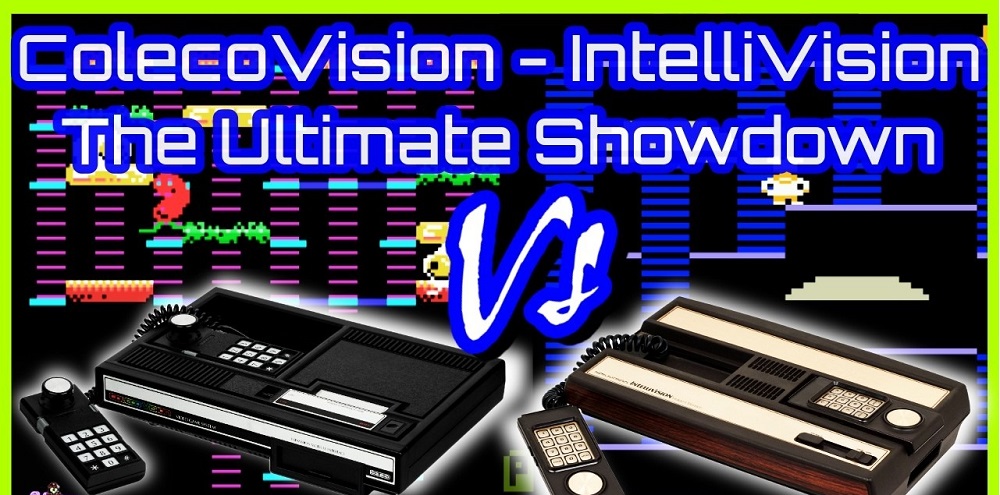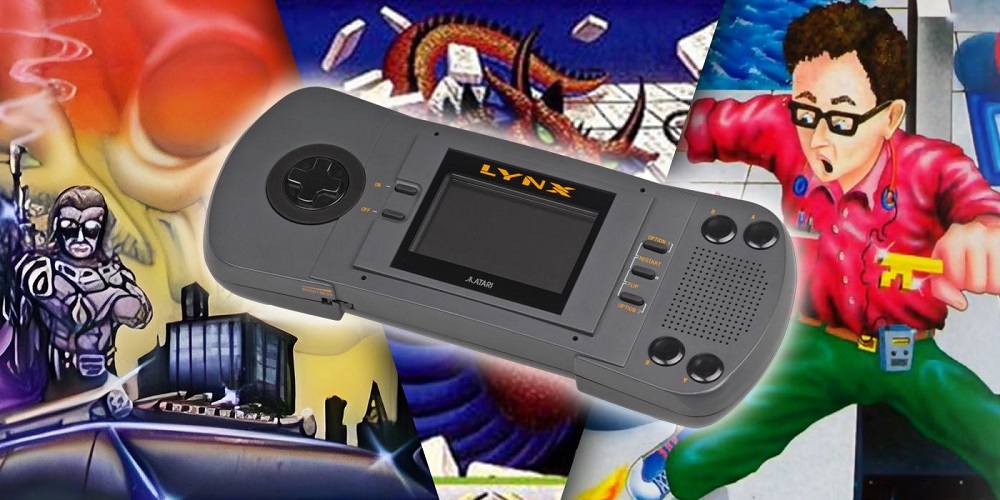When we think of classic games — Super Mario Bros., Sonic the Hedgehog, Street Fighter II — we picture mascots, not makers.
But behind every sprite, every 8-bit melody, and every perfectly timed jump, were visionary developers whose names rarely made it to the box.
In the 1980s and early 1990s, the gaming industry was still young, and credit was an afterthought. Many companies even hid their developers’ identities to prevent rivals from poaching talent.
At Oldies Nest, we believe it’s time to shine the spotlight on those forgotten heroes — the programmers, designers, and artists who built the foundations of modern gaming, one pixel at a time.
The Era of Anonymity: When Developers Were Just “Staff”
Before gaming had celebrities like Hideo Kojima or Shigeru Miyamoto, credits were buried in obscurity — or replaced with pseudonyms.
In Japan, companies like Capcom, Namco, and Konami often forced their employees to use aliases. For example:
- Tokuro Fujiwara, the mind behind Ghosts ‘n Goblins, appeared as “Professor F.”
- Yoshiki Okamoto, who designed 1942 and Final Fight, was credited as “Inoue.”
- Junko Tamiya, one of the few female composers in Capcom’s history, hid behind “Gondamin.”
It wasn’t until the 1990s that game credits became standardized. Before that, anonymity was common — even for legends.
This was the age when developers were artisans in secret, building empires without fame.
The Visionaries Who Defined Genres
Yu Suzuki – Sega’s Arcade Architect
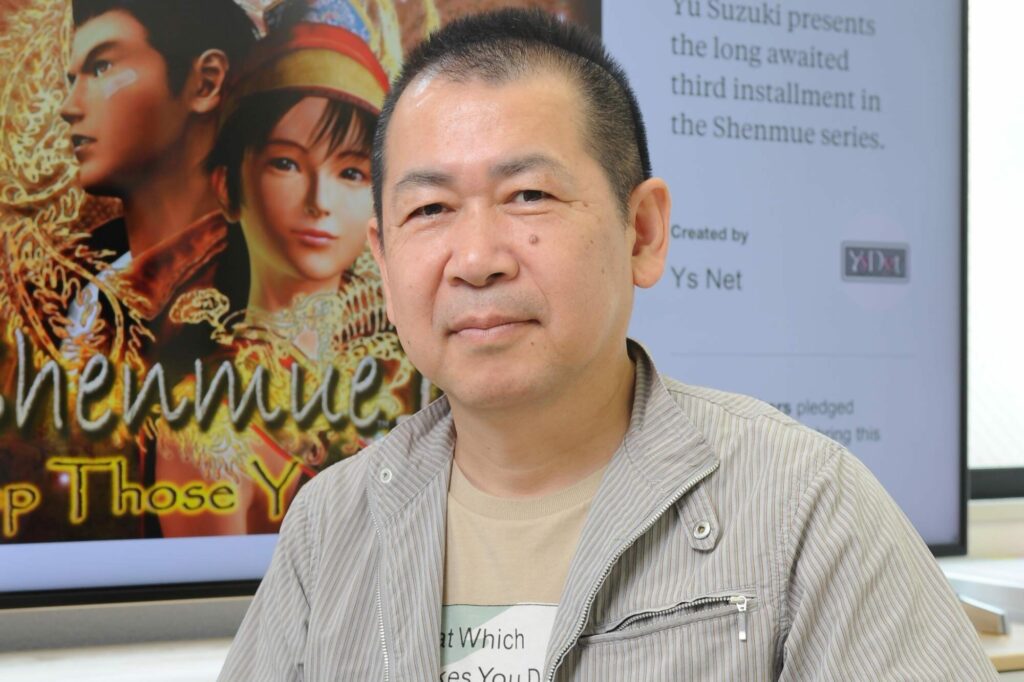
When Sega ruled the arcades, Yu Suzuki was its crown jewel. He created OutRun, After Burner, and Virtua Fighter — games that blended technical mastery with emotional design.
Suzuki didn’t just make racing or fighting games; he engineered experiences. His use of scaling sprites and fluid camera movement made OutRun feel like a dream on wheels.
He later went on to create Shenmue, one of the most ambitious open-world games ever conceived.
As highlighted in The Rise of Sega: From Arcades to Consoles, Suzuki’s creativity symbolized Sega’s daring spirit — always ahead, never afraid.
Gunpei Yokoi – Nintendo’s Quiet Genius
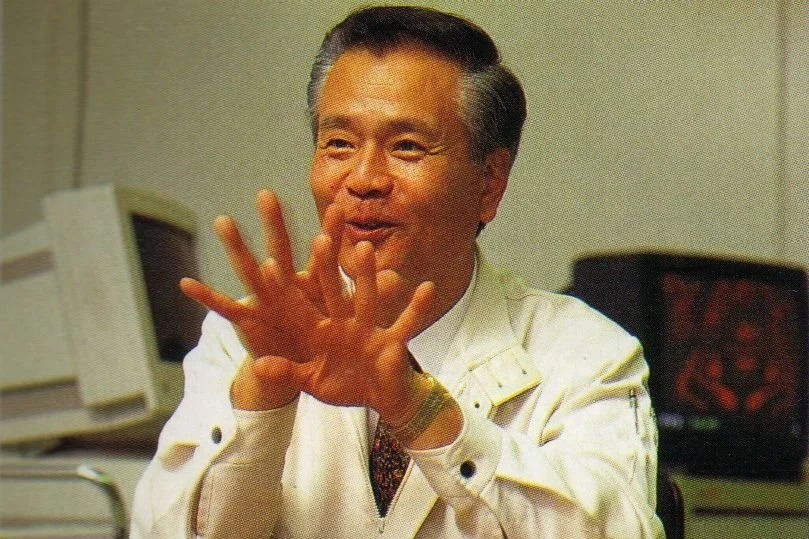
Behind every Nintendo success in the 1980s stood Gunpei Yokoi.
He designed the Game & Watch, invented the D-pad, and most importantly, created the Game Boy — the console that revolutionized handheld gaming.
Yokoi also mentored Shigeru Miyamoto and produced Metroid and Kid Icarus. His design philosophy, “Lateral Thinking with Withered Technology,” emphasized using old tech in creative ways — a mindset that defined Nintendo’s future.
Though his name isn’t as well-known as Miyamoto’s, Yokoi’s fingerprints are on nearly every piece of gaming hardware that shaped childhoods.
Rieko Kodama – The First Lady of RPGs

Known as “Phoenix Rie,” Rieko Kodama was one of the first women to become a lead designer in Japanese gaming.
Her work on Phantasy Star (1987) changed RPGs forever. While most RPGs were fantasy-based, Kodama fused sci-fi, mythology, and emotional storytelling — and did it all with 8-bit art.
Later, she helped produce Skies of Arcadia on Dreamcast, another underrated gem we explored in Top 10 Underrated Sega Titles.
Kodama’s artistry showed that video games could have beauty, not just challenge.
Hironobu Sakaguchi – The Dreamer Behind Final Fantasy
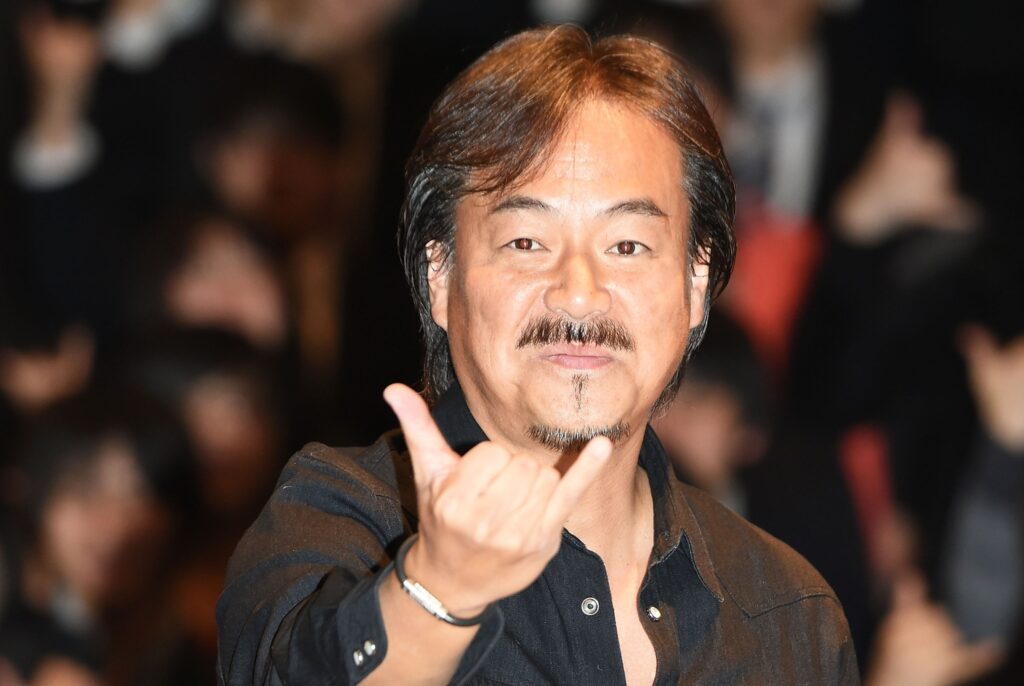
Ironically, the Final Fantasy series began as a last resort.
In 1987, Square was struggling. Sakaguchi proposed a grand RPG — his “final” project before quitting the industry. Instead, it became the start of a 35-year legacy.
Sakaguchi’s cinematic storytelling, emotional arcs, and use of music elevated RPGs from dungeon crawlers to epic journeys.
His partnership with Nobuo Uematsu, whose soundtracks we praised in The Music of Retro Games: Chiptune Power, created emotional resonance that defined generations.
Masaya Matsuura – The Father of Rhythm Games
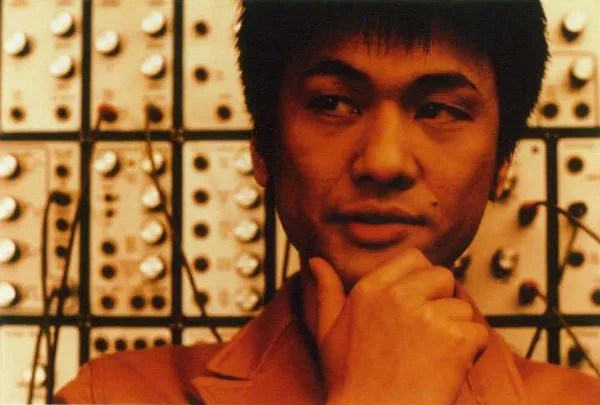
Before Guitar Hero or Just Dance, there was PaRappa the Rapper (1996).
Its creator, Masaya Matsuura, was a real musician who saw potential in interactive sound. He transformed rhythm into gameplay, using timing, humor, and charm.
His work bridged music and mechanics — an art form that continues in modern rhythm games.
Matsuura’s contribution may not have dominated sales charts, but it changed how games could feel music, not just play it.
The Artists Who Painted Our Childhoods
The beauty of retro games wasn’t just in code — it was in pixel art.
Artists like Kazuma Kaneko (Shin Megami Tensei), Yoshitaka Amano (Final Fantasy), and Naoto Ohshima (Sonic the Hedgehog) created worlds that felt tangible through 16×16 grids.
Their illustrations defined characters and moods long before HD textures existed. Pixel artists were visual storytellers — using limitation as inspiration.
Their craft shaped the emotional tone of an era where imagination filled the gaps technology couldn’t.
Unsung Western Innovators
Jordan Mechner – The Storyteller Before Storytelling

In 1989, Jordan Mechner used rotoscoping — filming real actors and tracing over them — to create Prince of Persia.
He wasn’t a big studio; he was a college student coding alone. But his vision for realism and narrative changed everything.
Prince of Persia became a blueprint for cinematic storytelling and inspired later franchises like Tomb Raider and Assassin’s Creed.
Roberta Williams – The Queen of PC Adventure

In a male-dominated industry, Roberta Williams co-founded Sierra On-Line and created King’s Quest — the game that defined point-and-click adventures.
Her focus on narrative, puzzles, and personality turned computers into storytelling machines.
Williams wasn’t just designing games; she was shaping interactive fiction itself.
David Crane – The Architect of Fun

Before Activision was a giant, David Crane helped found it — the first company to give developers public credit.
He created Pitfall! (1982), one of the earliest platformers and a massive Atari success.
Crane fought for developer recognition, setting the standard for creative freedom. Without his rebellion, we might still live in the era of anonymous “programmer #4” credits.
The Tragedy of Forgotten Recognition
Many of these pioneers never received royalties or fame. Some left the industry entirely.
The gaming boom of the ’80s and ’90s moved too fast for the people powering it. Careers were short, burnout was common, and artistic ownership was rare.
When we remember Super Mario, we should also remember Gunpei Yokoi.
When we remember Final Fantasy, we should honor Hironobu Sakaguchi.
And when we play Sonic, we shouldn’t forget Naoto Ohshima and Yuji Naka.
Legacy: From Invisible Hands to Recognized Icons
Today, the tide has turned. Developers are now celebrated as artists, directors, and personalities.
- Hideo Kojima’s name is on every Metal Gear Solid box.
- Yoko Taro wears a mask but commands global recognition.
- Toby Fox (Undertale) and Eric Barone (Stardew Valley) carry the indie torch alone.
But these modern creators stand on the shoulders of unsung heroes — those who fought for creative expression when no one cared who made the game.
Without them, gaming would be an industry without identity.
Conclusion: Giving Credit Where It’s Due
The history of video games isn’t just the story of consoles and cartridges — it’s the story of the people who built them pixel by pixel, line by line.
They were programmers, artists, and dreamers who never got magazine covers or industry awards, but their fingerprints are everywhere.
Every time you hear a chiptune melody, see a pixelated sunset, or replay a classic on an emulator, you’re honoring their work.
Because in the end, the truest heroes of retro gaming aren’t just the characters on screen — they’re the people who gave them life.


